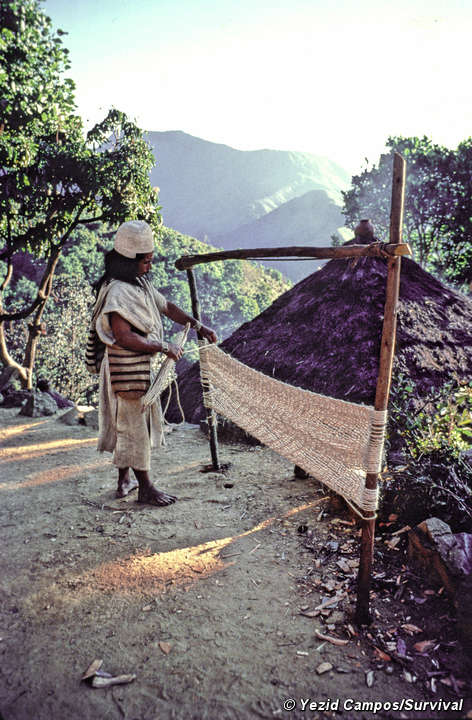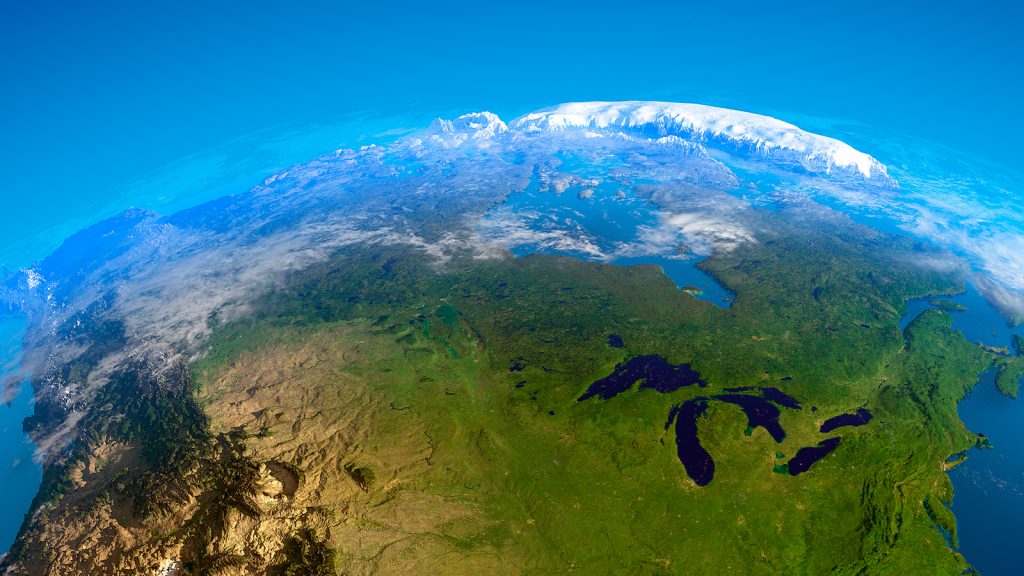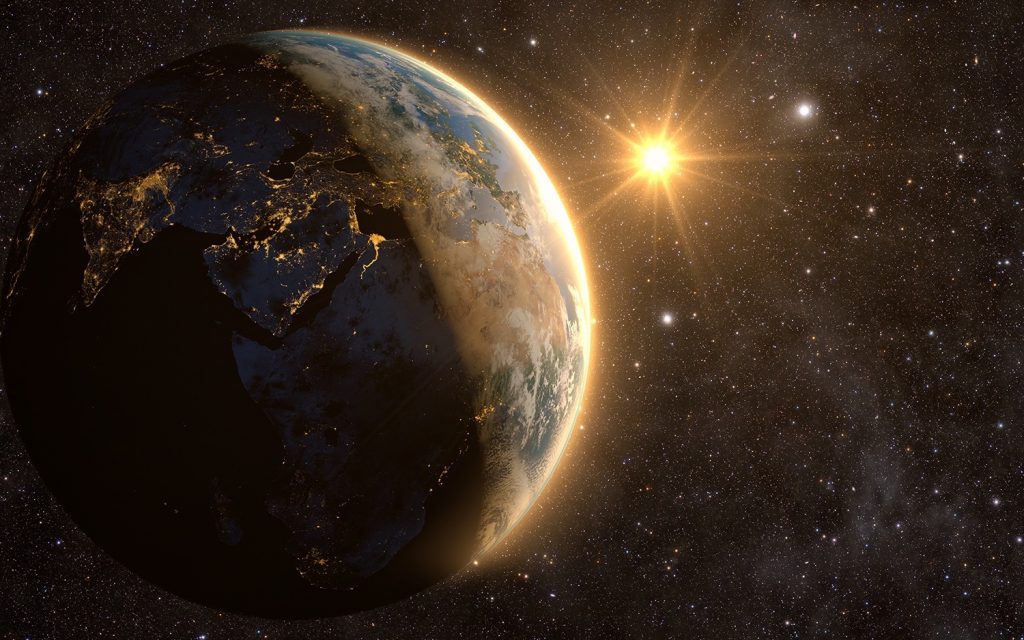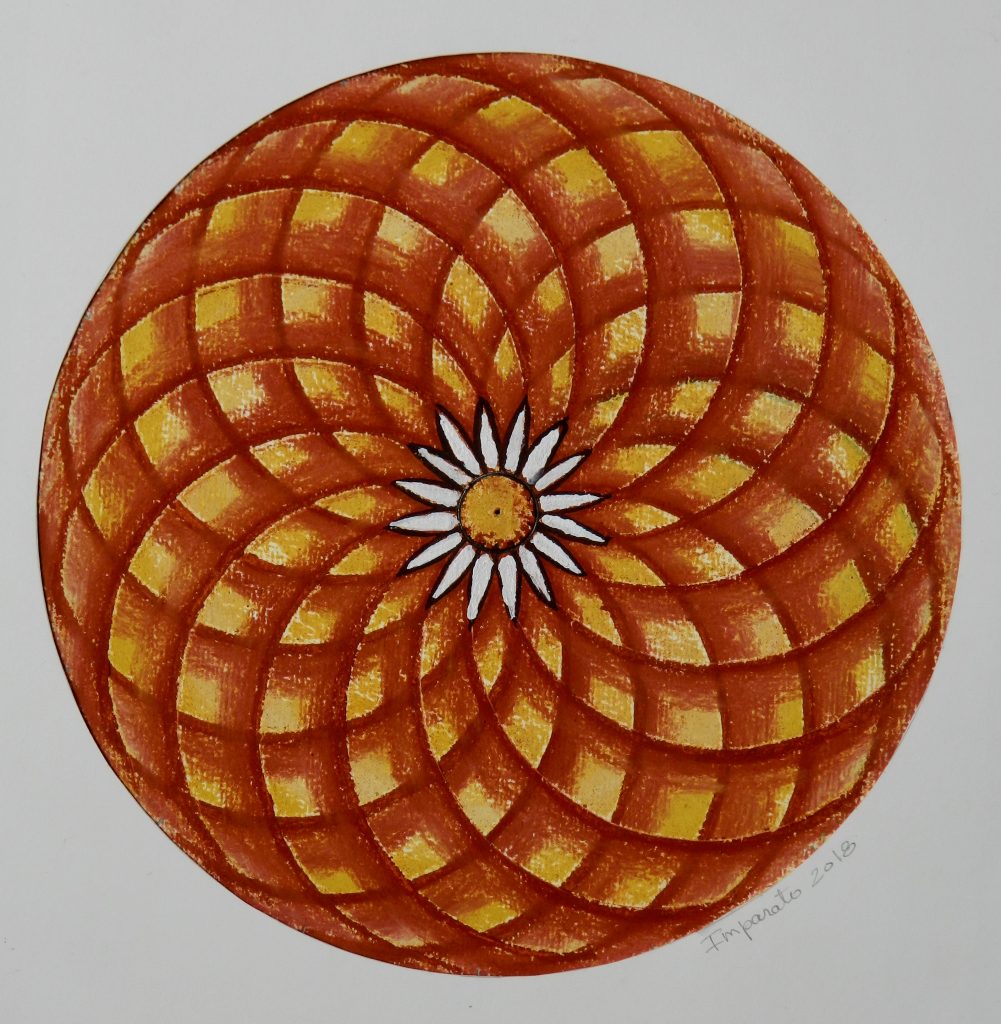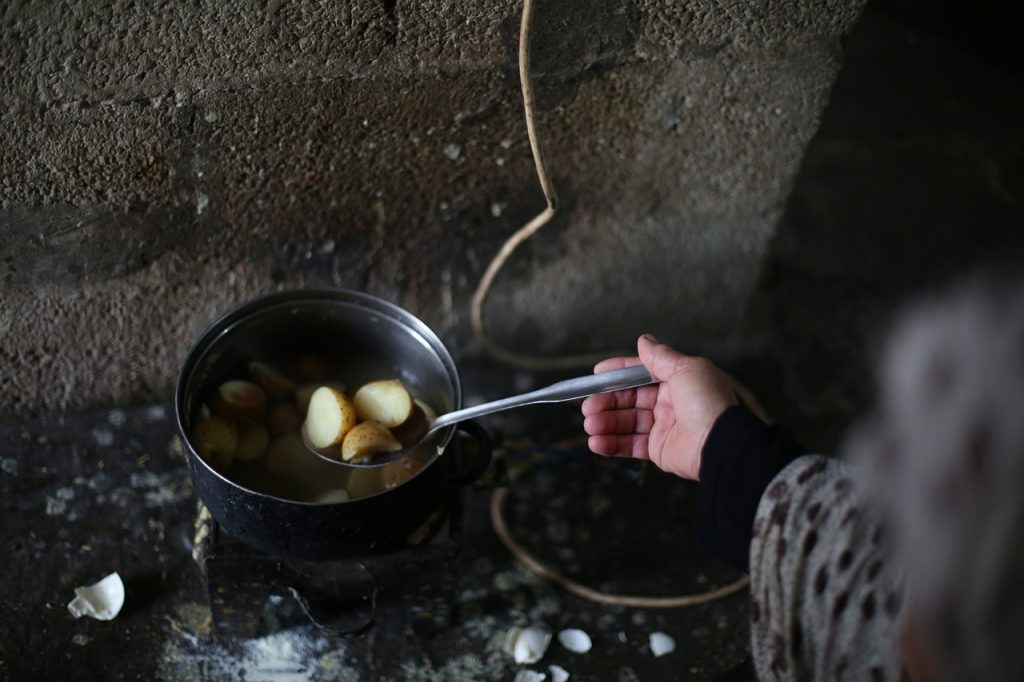Five Centuries of Self-Quarantine
At this time of forced isolation, our self-image as a ‘helpful person’ may be called into question. We might doubt that anything we do will be sufficient to change the madness of our current dysfunctional systems or will truly express what is in our heart.
I recently attended a talk by a Mamo of the Arhuaco—a teacher-priest charged with “maintaining the natural order of the world.” His people have lived on the Sierra Nevada de Santa Marta Mountain in Colombia, isolated from the industrial world for centuries. Only recently are they contacting the outside world to share what is happening on their mountain: reduced snow and rain to quench the land, stagnant pools choked with mining sludge where rivers once flowed to the sea. This Mamo is traveling in Europe and America, motivated by a sense of responsibility for Mother Earth, to dialogue with us because our planet is at the tipping point.
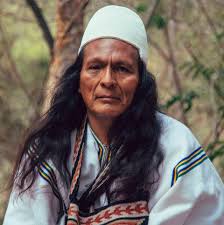 Mamo Calixto Suarez’s message is that the best way to care for the Earth is to befriend our own hearts, and to dialogue with others no matter how different their views may be from our own. He says that the phenomenon we call “climate change” will never be solved through legislation, committees, or our own strong opinions about how others should behave.
Mamo Calixto Suarez’s message is that the best way to care for the Earth is to befriend our own hearts, and to dialogue with others no matter how different their views may be from our own. He says that the phenomenon we call “climate change” will never be solved through legislation, committees, or our own strong opinions about how others should behave.
When I think about planetary issues, I retreat into a perspective that makes me feel disempowered and insignificant. How many of us actually believe it matters to the world whether or not we “befriend our hearts”?
The documentary film, Aluna, concerns the same four-mile high mountain in Colombia and the Kogi, who have lived there ever since the conquistadors forced them into exile in the 1500s. In 1990 they invited a British filmmaker to visit their home and witness the damage caused by industrialization. When nothing changed, 22 years later the same British filmmaker documented their pilgrimage down from their mountain to perform a remarkable ceremony and demonstration for the Earth.
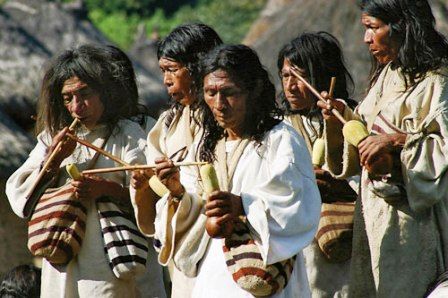 The Kogi purchased huge spools of gold thread which they unfurled across the coastline at the foot of their mountain. They unspooled 250 miles of gold thread across the land into stagnant deltas and through toxic tailing ponds, from one river estuary in Colombia to another—a solemn pilgrimage after five centuries of isolation and a sign for the ages. How much of their ceremony was to heal their homeland and how much a message to the rest of us—that our world too is dying.
The Kogi purchased huge spools of gold thread which they unfurled across the coastline at the foot of their mountain. They unspooled 250 miles of gold thread across the land into stagnant deltas and through toxic tailing ponds, from one river estuary in Colombia to another—a solemn pilgrimage after five centuries of isolation and a sign for the ages. How much of their ceremony was to heal their homeland and how much a message to the rest of us—that our world too is dying.
I sense that, for the Kogi, “home” is not just the mountain range where they live; home is Mother Earth. And now that the effects of our collective actions have reached their mountain—strangling rivers and streams, disrupting weather patterns, and clogging the atmosphere with poisons—they feel compelled to break their silence and try to teach us on Her behalf, to reach those of us who have lost the capacity to notice things, unless they confirm what we already believe.
This symbolic laying down of gold thread tries to show us the interconnectedness of all—a morality play acted out by people willing to sacrifice their way of life so that the rest of us might understand that we have lost our way.
Years after watching the film, the image of the Kogi laying gold thread across a wounded land has remained with me. Yet, true to my modern mind, I shuttered it away like all such inexplicable stories, for I didn’t see its relevance to the society in which I must live. Yet, recently, it came back when I encountered a Tibetan yoga practice called “Heart Gold Thread”:
Stand well balanced, feet about six inches apart, back straight; slowly lift the arms to the side, to about shoulder height, palms down. Bring awareness and concentration to the heart center; sense the blood pumping throughout the body; send the energy of the heart out through the arms. Hold this position for ten minutes; slowly lower the arms.
Straining to hold my arms out, I wish that my heart could have a voice in my intellect-dominated life. I yearn to develop the capacity to care for this world, and I pray that the gold thread unspooling from my own heart will join with the caring threads of others—a golden web centuries in the making—cradling our world, as it floats, fully at home, in the vastness of a cosmic sea.
